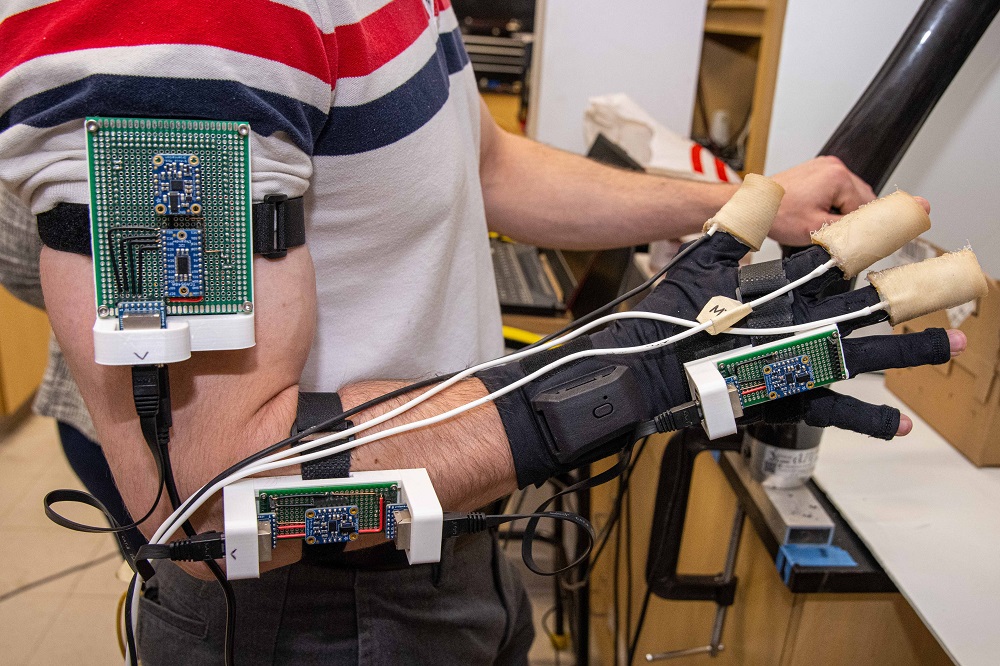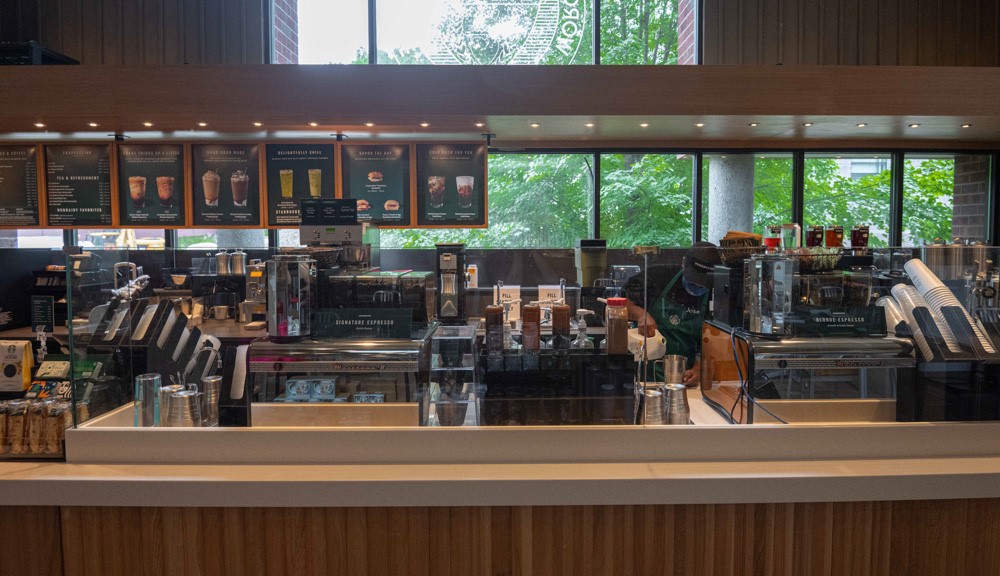What
Open house and demonstration of WPI's expanded User Experience and Decision Making Research Laboratory (UXDM).
Who
Soussan Djamasbi, PhD, associate professor of management information systems in WPI's School of Business, and founder and director of the UXDM lab; Barbara Barclay, Tobii North America General Manager; Cory von Wallenstein, Chief Technology Officer of Dynamic Network Services Inc. (Dyn).
When
Nov. 12 from 10 a.m. to noon.
Where
216B Washburn Shops, WPI campus, 100 Institute Road, Worcester, Mass.
Why
User experience is a new research area that encompasses all aspects of a person's interaction with technology. This research provides valuable insight for designing successful software and hardware systems. This information is valuable as user experience is becoming increasingly important to businesses in gaining a competitive advantage in the marketplace.
WPI's UXDM lab is one of the leaders in this new discipline, which is built upon cutting-edge eye-tracking technology. The mission of the UXDM lab is to provide an opportunity for WPI students to become skillful in this area of knowledge. The UXDM is used to investigate factors that influence a user's entire experience, including attitudes and emotions. WPI is one of the few universities nationwide offering user experience courses at both the undergraduate and graduate level.
The lab features a small camera-like eye-tracking unit that emits an infrared beam that - once calibrated to the reflection from a particular user's pupil - will detect moment by moment gaze direction during website navigation or mobile app utilization. The results appear as colored zones overlaid on the website or app screen.
With funding and partnership from Dynamic Network Services Inc. (Dyn), a leader in Internet infrastructure as a service technology, Djamasbi has created a state-of-the-art laboratory with 15 eye-tracking stations—five for recording and 10 for analyzing data. In addition to using it for research, she is teaching a new user experience course in the lab.
Dyn's support has allowed Djamasbi to establish a specialized lab and move her eye-tracking equipment from her office into dedicated space. The company recently facilitated a new award, including a contribution from Tobii, a leading manufacturer of eye-tracking equipment, that made it possible for the lab to acquire new workstations and expand, creating separate spaces for testing stations and analysis stations.
"We can help people make better and more effective decisions based on how they use and process information," Djamasbi said. "This is huge for business. I think in a few years this will be a standard procedure in every company as the equipment becomes more accessible. There is a need for this and we can deliver it effectively."
Djamasbi says she is also looking forward to using her equipment and expertise to expand into new domains, including fields where the usability research has yet to have a significant impact on the user experience such as video games, robotics, in-vehicle displays, computer-based learning, as well as medical and mobile healthcare apps.


